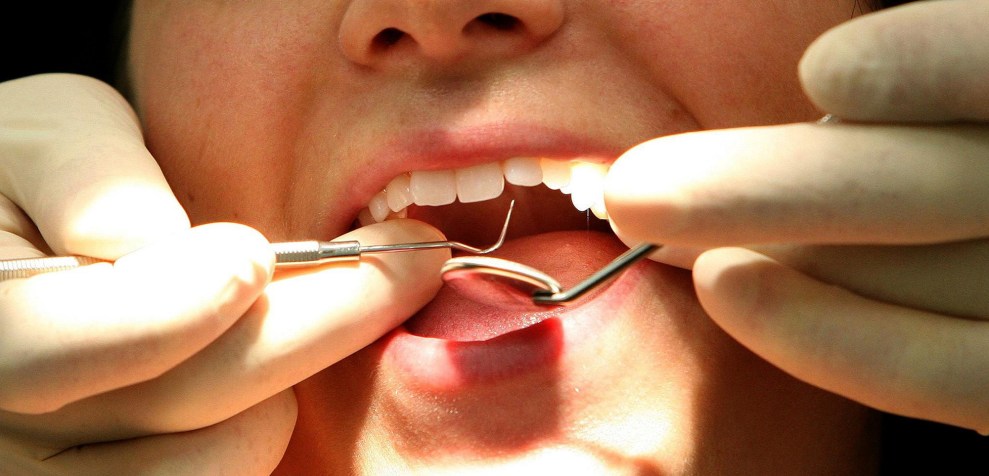
Martin Rickett/PA Wire via ZUMA
I have never gone to the dentist for a cleaning every six months. I figure once a year is enough, and sometimes I don’t even do it that often. Ferris Jabr tells me that this is fine. The whole 6-month thing is basically just a way for dentists to make more money:
Consider the maxim that everyone should visit the dentist twice a year for cleanings. We hear it so often, and from such a young age, that we’ve internalized it as truth. But this supposed commandment of oral health has no scientific grounding. Scholars have traced its origins to a few potential sources, including a toothpaste advertisement from the 1930s and an illustrated pamphlet from 1849 that follows the travails of a man with a severe toothache. Today, an increasing number of dentists acknowledge that adults with good oral hygiene need to see a dentist only once every 12 to 16 months.
Hmmm. This sounds a lot like my good friend, the “drink eight glasses of water every day” nonsense.
I’ve never been afraid of the dentist or anything like that. But I have to say that my recent encounters with the dental profession have been less than confidence inspiring. Several years ago I dropped my dentist after beginning to wonder if their advice was based a wee bit too much on sales goals from the head office. I had started to get a little uneasy after listening in on a scene near the waiting room that sounded more like a hawker at a Turkish bazaar than a dentist recommending treatment. I got more uneasy when they started replacing fillings awfully frequently. And then I got really uneasy when it suddenly turned out that every time I went in they discovered an “infection” that required a new kind of antibiotic treatment. The third time this happened, I tried to ask about just what this “infection” really was and what dentists did about them before this new treatment came on the market. I was unable to get a straight answer, so I left.
I switched to a dentist recommended by a friend, but last year I dropped her too. The primary reason was a fairly egregious mistake she had made, but it was also because she told me, in a conversational aside, that she had been replacing several of my old fillings because they were metal and she thought that was bad. What she had said at the time was that they were coming loose. Guess what?
The Cochrane organization, a highly respected arbiter of evidence-based medicine, has conducted systematic reviews of oral-health studies since 1999….Little medical evidence justifies the substitution of tooth-colored resins for typical metal amalgams to fill cavities….When Cochrane researchers tried to determine whether faulty metal fillings should be repaired or replaced, they could not find a single study that met their standards.
I would never have bothered getting the fillings replaced just to get rid of the metal, and now it looks as though they probably didn’t need to be replaced even if they were faulty. (Which I now doubt, based on the egregious mistake I mentioned earlier.)
Anyway, I guess it’s time for me to find a new dentist. All I want is someone who will do what’s necessary, but only what’s necessary. Unfortunately, I’m not sure how you figure that out ahead of time.















